Helium is best known as the ultra-light element used to lift party balloons and the Goodyear Blimp effortlessly into the sky.
But it’s also a valuable commodity increasingly in demand for applications ranging from aerospace to the manufacturing of semiconductor chips.
And that’s led many people to cheer the ongoing exploration for helium in a remote corner of northeast Minnesota, where a small company, Pulsar Helium, hopes to open a production facility soon.
“It’s something that’s needed and wanted,” said Andrea Zupancich, mayor of the nearby town of Babbitt, on a recent tour of the exploration site. “It’s pretty exciting, especially with what they think is down there.”
The discovery of helium in this forested section of the state over a decade ago was a total accident. In 2011, crews were drilling deep underground, searching for deposits of copper and nickel. Instead they struck a pocket of helium, which erupted out of the ground.
“Speaking to people who were on the drill rig at the time, it was violent and terrifying,” said Thomas Abraham James, President and CEO of Pulsar Helium, which he co-founded in 2019. The company is also pursuing a helium project in Greenland.
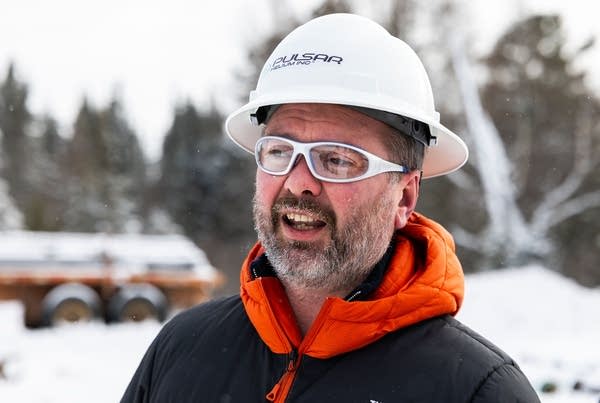
Pulsar’s crews didn't make that initial discovery of the helium. But tests from that initial find showed promising concentrations of helium, which aligned with some modeling James had conducted. It suggested the geology in this part of Minnesota could prove an ideal hiding spot for the gas.
In the helium industry, James said, a concentration larger than about .3 percent is considered economically viable. In their “Jetstream 1” test hole, as Pulsar dubbed it, the company hit concentrations of up to 14.5 percent, “which is truly world-class,” said James.
Earlier this month, the company finished drilling a second test hole, more than a mile underground, about 600 feet away from the first. The company is analyzing the results to determine the connectivity of the helium deposit between the two sites, which would indicate a larger reservoir.
“As a company, we’re not here to look for something small,” James said. “We’re here to find, you know, the next big helium deposit. That’s why Pulsar exists.”
More than party balloons
Helium has some unique properties that make it particularly valuable, far beyond its most commonly known uses.
It’s extremely light and nonreactive. NASA uses it as a purge gas to flush out the plumbing in rockets.
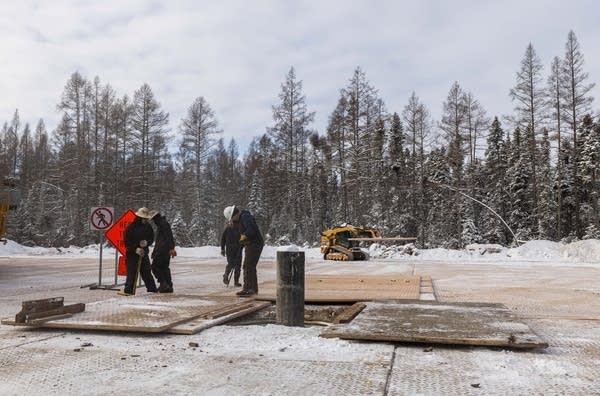
One of the largest markets now is to help manufacture semiconductor chips.
As the lightest element, helium is constantly trying to escape from wherever it’s contained. It can even squeeze through atomic-sized cracks, which is why it’s used in leak detection.
Helium is also the only element that remains a liquid at Absolute Zero, the lowest possible temperature— minus 460 degrees Fahrenheit. That makes it extremely important in cooling things like magnets used in MRI machines.
At the University of Minnesota, several labs use liquid helium to cool magnets in various devices. Physics professor Paul Kroll said his department uses about a thousand liters a month, at a cost of about $20 per liter.
“So it’s a significant research expense for the groups that use it,” Kroll said.
Kroll’s department recycles much of the helium it uses. The gas is recovered, compressed, and then re-liquified. But the department still has to buy some of the gas, which can be hard to come by.
“As the price has gone up, we can encounter situations where we literally can’t get it,” Kroll said.
Kroll said he has used helium since he began his PhD research almost 40 years ago, but it wasn’t until recently that he couldn't get it at certain times.
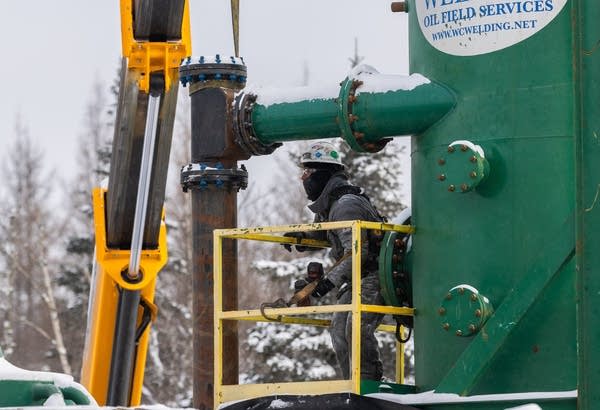
There’s been an on-and-off helium shortage for the past two decades. Phil Kornbluth, who’s worked in the helium industry for more than 40 years and now is a private consultant, said that's caused the price of helium to soar.
As a result, there are now “over 60 companies in the world who are claiming to be exploring for helium,” said Kornbluth.
One of those companies is Pulsar. But Kornbluth said there’s a fair amount of skepticism about the company within the helium industry.
“If you read their press releases carefully, they never estimate what they think their total resource is,” said Kornbluth. “They just say we have a really high helium concentration. And they also never say how much they expect to produce.”
Kornbluth said it’s possible Pulsar could develop a profitable venture in Minnesota. But he believes it’s unlikely to play a major role in either the U.S. or global market.
Pulsar plans to conduct pressure and flow tests next month that will give a clearer indication of the estimated size of the helium reservoir locked deep underground within fractures in the rock. Those tests would also help estimate how much helium could be captured on a daily basis.
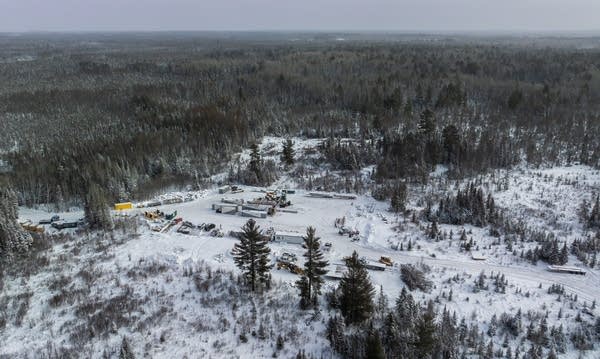
James believes the company will know around June what the timeframe looks like moving forward. But he remains bullish on the project’s potential. He believes Pulsar could eventually ship one truckload of helium a day from northern Minnesota.
According to the Minnesota Department of Natural Resources, that would currently be worth about $1 million per day.
“That would be huge,” James said. “That would make it one of the top producers in the world.”
Writing the rules
If that proves accurate, James estimates it would take about a year and a half to go through permitting and build a plant on site to separate, purify and liquify both the helium and the carbon dioxide that's also contained in the gas underground.
Pulsar has partnered with Chart Industries (which operates a facility in New Prague) to design and build a facility to separate, purify and liquify the gases, which would be stored in tanks until they’re shipped away.
The facility would have a relatively modest footprint on the ground, but would require a substantial amount of electricity. James said the company is looking to bring in utilities to connect to the electric grid.
Meanwhile the state is scrambling to devise a set of rules and regulations to govern the fledgling industry.
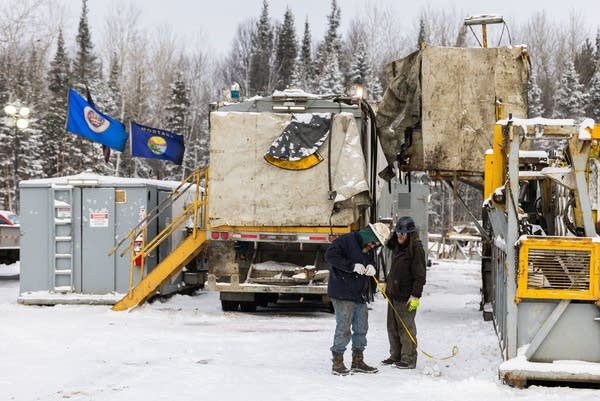
The state Legislature is considering a framework that would allow Pulsar to apply for temporary permits, while the Minnesota Department of Natural Resources develops a set of rules and regulations to govern gas development moving forward, a process that takes up to two years.
If that temporary framework is approved — including a tax and royalty structure — Pulsar could then submit a project proposal, which would trigger an environmental review. The company would then need to secure permits from several state agencies before starting construction.
The rules the state is developing will cover more than helium. They will also govern the exploration for hydrogen that the state is anticipating.
There is ongoing exploration for hydrogen in Nebraska and Kansas along a geologic formation known as the Mid-continent Rift, which extends northwards through Iowa through the Twin Cities to northeastern Minnesota.
“We’ve had a number of discussions already with the U.S. Department of Energy on that,” said Michael Liljegren, assistant division director of DNR lands and minerals. “Now they’re getting ready to start in Iowa. So we highly expect that there will be exploration in the not-too-distant future for hydrogen.”
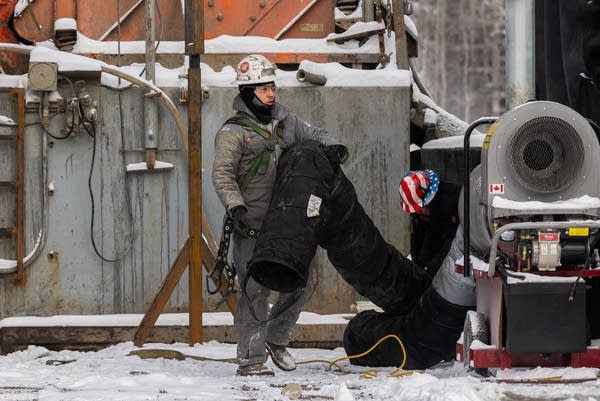
Collected from Minnesota Public Radio News. View original source here.
 Minnesota Public Radio (MPR) is a public radio network for the state of Minnesota. With its three services, News & Information, YourClassical MPR and The Current, MPR operates a 46-station regional radio network in the upper Midwest.
Last updated from
Minnesota Public Radio (MPR) is a public radio network for the state of Minnesota. With its three services, News & Information, YourClassical MPR and The Current, MPR operates a 46-station regional radio network in the upper Midwest.
Last updated from